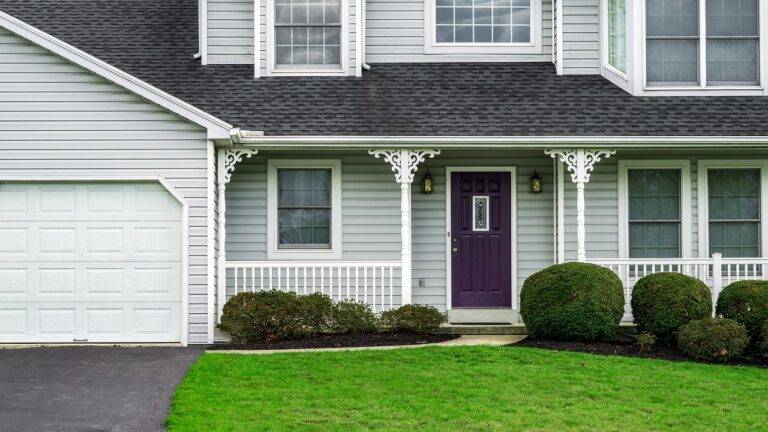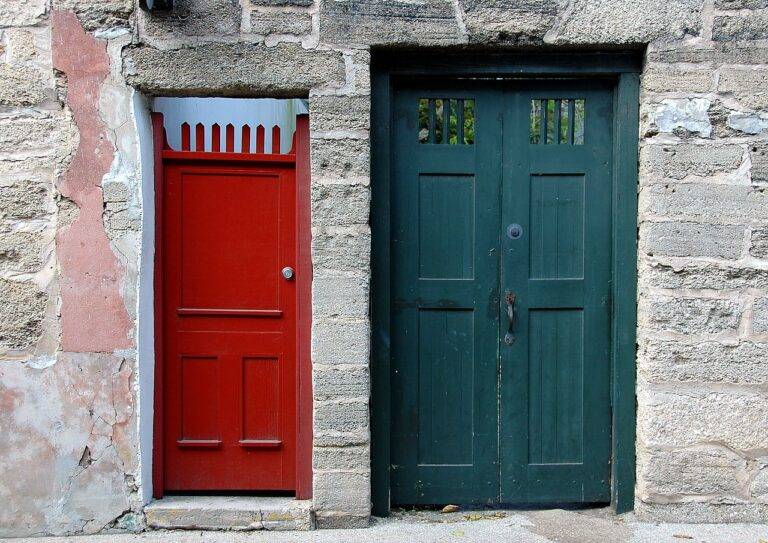Sustainable Window Treatments: Enhancing Energy Efficiency and Style
Sustainable window treatments offer a myriad of advantages for both homeowners and the environment. By opting for eco-friendly materials like bamboo, organic cotton, or recycled fabrics, you not only reduce your carbon footprint but also contribute to the overall well-being of the planet. These sustainable options are often more durable and long-lasting compared to traditional window treatments, providing cost savings in the long run while also adding a touch of natural beauty to your living spaces.
In addition to their environmental benefits, sustainable window treatments can also improve the efficiency of your home. Energy-efficient options like thermal curtains or shades help to regulate the temperature inside your home, reducing the need for excessive heating or cooling. This not only saves energy but also lowers your utility bills, making sustainable window treatments a smart and practical choice for eco-conscious homeowners looking to create a more sustainable and comfortable living environment.
Choosing Eco-Friendly Materials
When considering materials for window treatments, opting for eco-friendly options can positively impact both the environment and your indoor air quality. Bamboo is a sustainable choice due to its rapid growth and renewability. This versatile material can be used for blinds or shades, adding a touch of natural beauty to your space while reducing your carbon footprint.
Another popular eco-friendly material is organic cotton, which is free from harmful chemicals and pesticides. Curtains made from organic cotton not only contribute to a healthier home environment but also support sustainable farming practices. By choosing window treatments made from eco-friendly materials like bamboo and organic cotton, you can make a conscious effort to create a more sustainable and environmentally friendly living space.
What are the benefits of using sustainable window treatments?
Sustainable window treatments help reduce energy consumption, promote healthier indoor air quality, and support environmentally-friendly practices.
How can I tell if a material is eco-friendly?
Look for materials that are made from renewable resources, are recyclable or biodegradable, and have a low carbon footprint.
Are eco-friendly materials more expensive?
Not necessarily. While some eco-friendly materials may be more expensive upfront, they often save money in the long run through energy efficiency and durability.
Where can I find eco-friendly materials for my home?
Many home improvement stores carry eco-friendly materials, or you can look for specialty stores that focus on sustainable and environmentally-friendly products.
How can I ensure that the eco-friendly materials I choose are truly sustainable?
Look for third-party certifications, such as Forest Stewardship Council (FSC) certification for wood products, to guarantee that the materials meet strict environmental and social standards.





